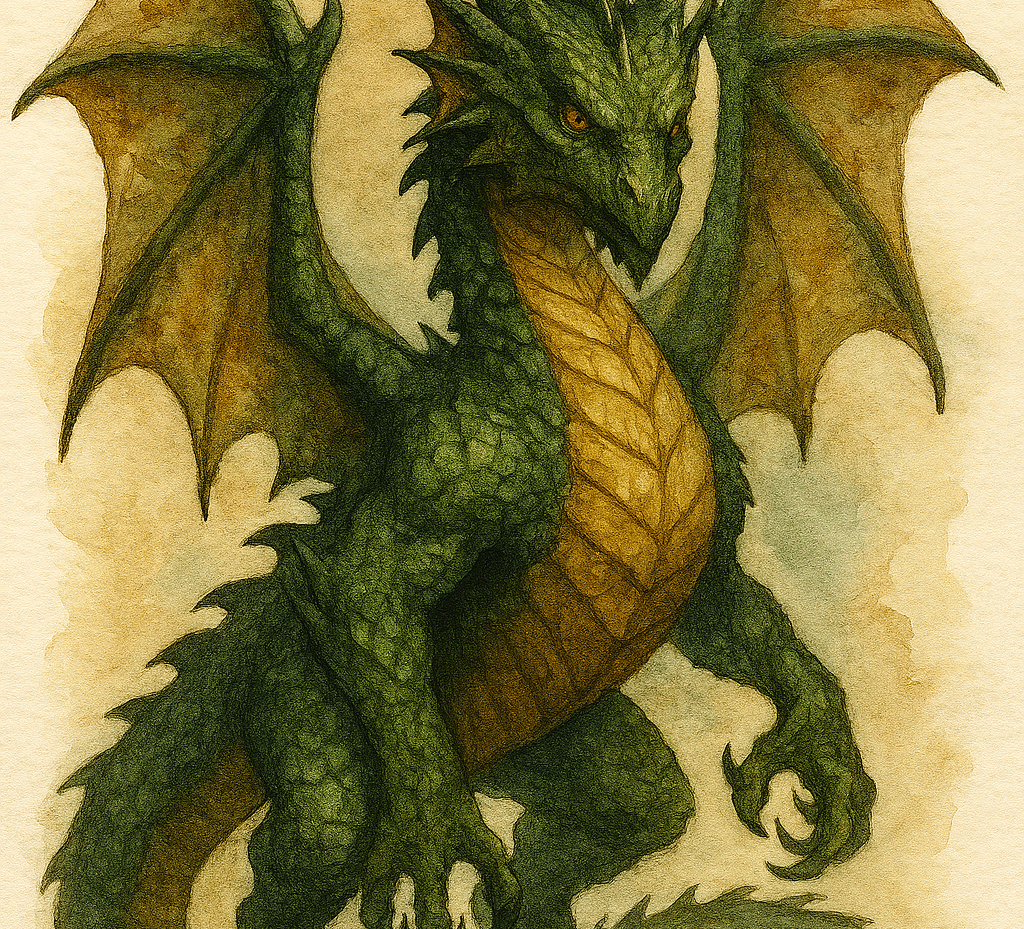Old Characters, New Settings
Familiar and yet strange, fanciful characters allow readers young and old to step into the created world with a sense of expectation and wonder.
Stan Guthrie
10/17/20251 min read


As we know, J.R.R. Tolkien wrote about elves, dwarves, orcs, wizards, dragons, and other fantastical creatures. Save for hobbits, most of Professor Tolkien’s mythical creatures were not original to him. They had appeared in other stories—myths and fairy tales—from time immemorial. Tolkien’s genius was in giving them a new home—Middle Earth, itself a name for our world from olden times—and fresh stories. It is fine to introduce new monsters, too—but not too many, or a valuable point of connection might be lost.
As I endeavor to put pen to paper—or word processor to laptop—I am similarly attempting to employ the old in new ways. For example, in Isabella’s Special Days, we encounter a world of kings, princesses, and subtle magic. Nothing in the story is strictly new. But the tale itself is new in how it explores old themes of friendship, moral development, and material acquisitiveness.
Those tried and true themes are what give the story its substance—and, in my humble opinion—its enduring value. The fanciful characters are not incidental to the story, however. Familiar and yet strange, they allow readers young and old to step into the created world with a sense of expectation and wonder. But they also help us to lower our guards and receive the story (and any lessons it provides).
And while no tale should be simply a ruse in order to convey an author’s moral values, a good one will convey a compelling or beguiling moral vision that helps us to see our own world in a fresh way.
Tolkien did this unapologetically and to lasting effect. In my own small way, I hope to do the same.